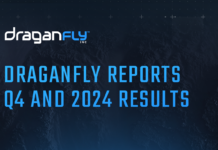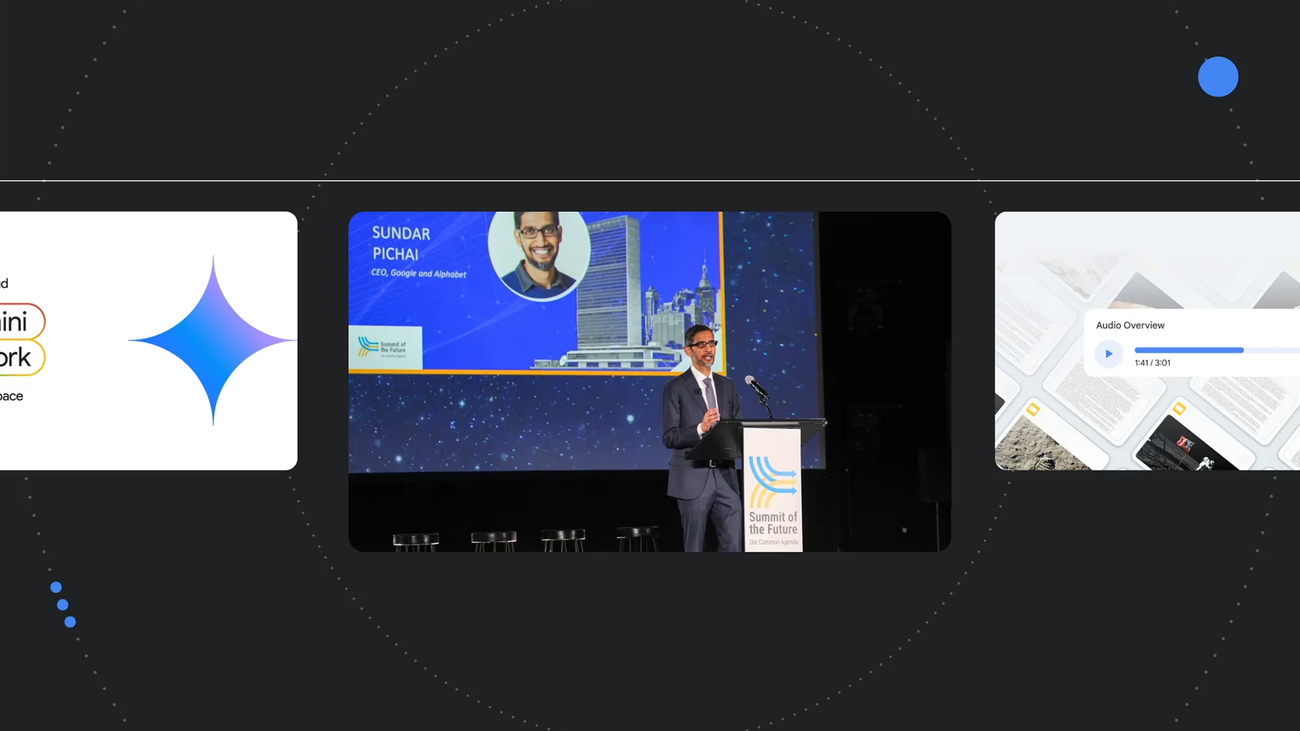Google’s Innovative Heat Resilience Tool
Google has unveiled an innovative tool aimed at combating the growing threat of extreme heat in urban areas. This tool, known as the Heat Resilience tool, utilizes advanced artificial intelligence (AI) to analyze satellite and aerial imagery. The primary goal is to assist cities in managing dangerously high temperatures and potentially mitigating related health effects. As climate change leads to rising global temperatures, urban areas, often referred to as "urban heat islands," experience these effects more acutely due to factors like concrete infrastructure and limited vegetation.
The Heat Resilience tool leverages AI-powered object detection, which is a type of technology that enables computers to identify and locate objects within an image. By combining this with other analytical models, the tool evaluates various crucial factors such as the amount of green space in a city and the reflective properties of building roofs. Reflectivity is significant because surfaces that reflect more sunlight absorb less heat, thereby contributing to cooler surroundings.
This tool is particularly beneficial for urban planners and local governments. It provides them with detailed insights at a neighborhood level, enabling them to strategize effective cooling interventions. For example, by identifying areas with insufficient greenery, cities can prioritize tree planting, which is a natural way to reduce heat as trees provide shade and release moisture into the air through a process called transpiration.
Currently, the tool is being piloted in 14 cities across the United States. City officials are utilizing the tool to pinpoint neighborhoods that are most vulnerable to extreme heat and are formulating plans to address these challenges. The broader aim is to expand this tool’s usage globally as part of the solution to escalating temperatures.
FireSat: Revolutionizing Wildfire Detection
In a bid to enhance wildfire detection and management, Google Research has collaborated with experts in the firefighting community to introduce FireSat. FireSat is a groundbreaking satellite constellation designed to detect and monitor wildfires with remarkable precision. It can identify fires as small as a classroom, approximately 5×5 meters in size.
A major advantage of FireSat is its ability to provide high-resolution imagery that is updated every 20 minutes on a global scale. This rapid update cycle is a significant improvement over previous satellite imagery, which often suffered from low resolution and infrequent updates, sometimes only a few times a day. Such limitations made it challenging to identify fires until they had expanded significantly.
With FireSat, emergency responders will be equipped with timely and accurate data, enabling them to respond to fires more swiftly. Early detection is crucial in firefighting as it increases the chances of containing fires before they escalate, reducing potential damage to life and property.
HeAR: An AI Model for Early Disease Detection
Google has also made strides in the healthcare sector with the introduction of the Health Acoustic Representations (HeAR) model. This bioacoustic foundation model is a significant breakthrough in disease detection, offering researchers the tools to develop models that can analyze human sounds, such as coughs, to identify early signs of diseases.
One of the primary applications of HeAR is in screening for tuberculosis (TB), a disease that, despite being treatable, often goes undiagnosed. Many people, particularly in regions with limited healthcare access, do not receive timely diagnoses due to the unavailability of convenient medical services. HeAR has the potential to bridge this gap by enabling early detection based on auditory cues from coughs.
An example of its application is in India, where a respiratory healthcare company is exploring how HeAR can enhance their TB detection capabilities. By leveraging this AI technology, they aim to improve early screening processes, thereby increasing the likelihood of timely treatment and reducing the spread of the disease.
The Broader Impact of AI in Combating Climate and Health Challenges
These initiatives by Google highlight the transformative potential of AI in addressing some of the most pressing challenges facing our world today. The Heat Resilience tool is an important step towards creating urban environments that can better withstand the impacts of climate change. By providing actionable insights to city planners, it fosters the development of strategies that can make cities more livable and sustainable.
Similarly, FireSat promises to revolutionize wildfire management by enabling faster and more accurate detection. This capability is crucial in minimizing the destructive impact of wildfires, which have become increasingly frequent and severe in recent years due to changing climate patterns.
In the realm of healthcare, the HeAR model represents a significant advancement in utilizing technology for disease detection. By harnessing the power of AI, it offers a scalable solution to improve disease screening and diagnosis, particularly in resource-limited settings.
Good to Know: The Role of AI in Urban Planning and Health
Understanding how AI works in these contexts can be beneficial for laypersons and specialists alike. AI, in the simplest terms, refers to the simulation of human intelligence in machines. It involves processes like learning, reasoning, and self-correction, allowing machines to perform tasks that typically require human intelligence.
In urban planning, AI can analyze vast amounts of data quickly and accurately, providing insights that would be time-consuming or impossible for humans to glean manually. This capability is particularly valuable in identifying patterns and trends, such as areas prone to high temperatures or optimal locations for green space expansion.
In healthcare, AI’s ability to process and interpret complex data sets can lead to earlier and more accurate diagnoses. For diseases like tuberculosis, early detection can significantly improve treatment outcomes and reduce transmission rates.
Conclusion
Google’s recent initiatives showcase the immense potential of AI in addressing climate and health-related challenges. By developing tools like the Heat Resilience tool, FireSat, and the HeAR model, Google is not only advancing technological innovation but also contributing to global efforts to create a more sustainable and healthier world. As these technologies continue to evolve, they hold the promise of making significant positive impacts across various sectors.
For more details on these initiatives, you can refer to Google’s official announcements on their blog. These advancements underscore the critical role of technology in devising solutions for global challenges and the importance of continued investment and research in AI for the betterment of society.
For more Information, Refer to this article.


































